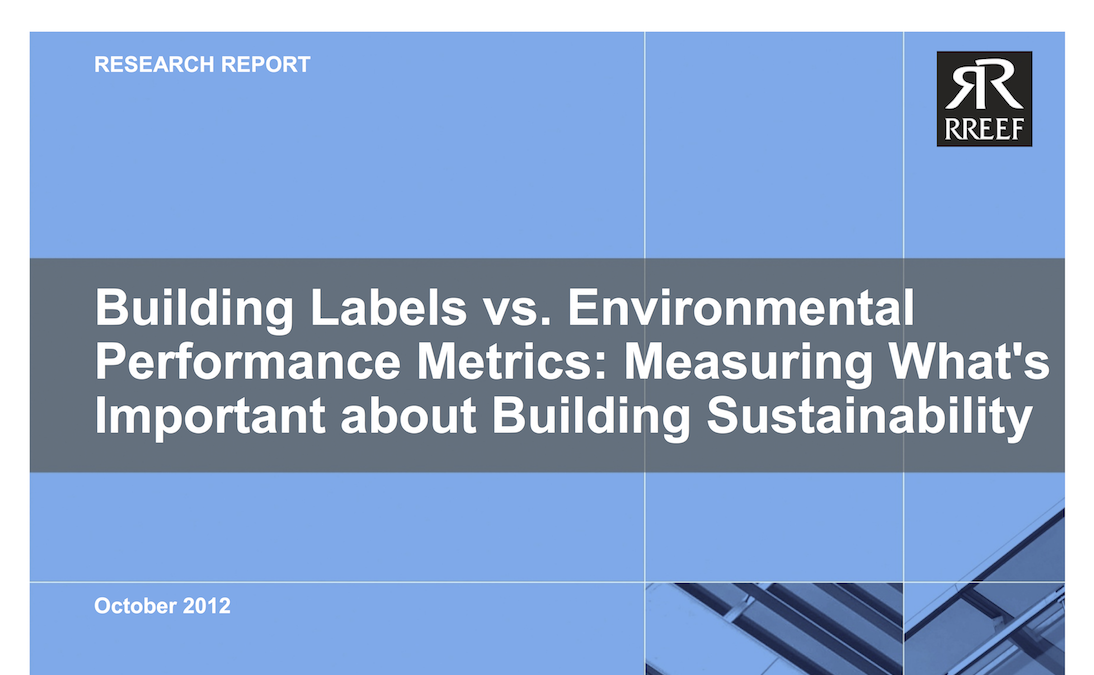In its seminal 2012 paper, “Measuring What’s Important About Building Sustainability“, Deutsche Asset Management argued for simplicity, comparability, and sanity in how real estate is evaluated for sustainability performance. Four years on, are we closer or farther from their vision?
The property sector is fixated on earning environmental plaques for good intentions – often at the expense of actually improving sustainability through informed capital planning.
Deutsche made this spartan, succinct observation in 2012, arguing certification fever was distracting the industry from its core mission of delivering real returns, and that “achieving consensus on simple sustainability metrics would be an important step to refocus the property sector on performance.”
Today, the pantheon of green building ratings and certifications has metastasized into an alphabet soup of standards. While the growth has enriched servicer providers and administrators of these standards, it’s more difficult to say whether the expense has been proportional to the gain or, as Deutsche put it, “the fundamental premise of these sustainability certifications systems – to separate green buildings from brown – is dubious.” At the root of it all, Deutsche pointed out, is that “distinctions between sustainable and conventional buildings are ultimately artificial. The reality is that all buildings can be arrayed along a continuum of less and more sustainability, with none definitively green or brown.”
Four years on, as the USGBC rolls out LEED Dynamic Plaque to a saturated, certification weary industry, and powerful service providers like CBRE promote WELL Certification, Deutsche’s paper presents a cautionary tale for real estate owners and corporate occupiers alike, and an argument for a return to fundamentals that’s worth revisiting.
